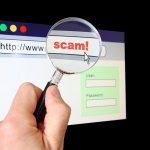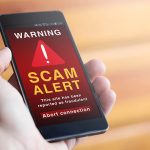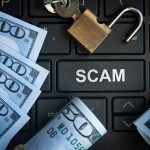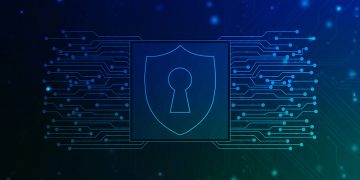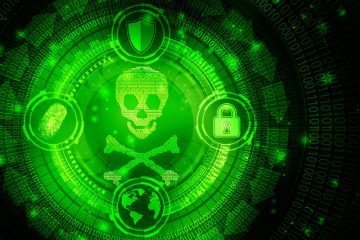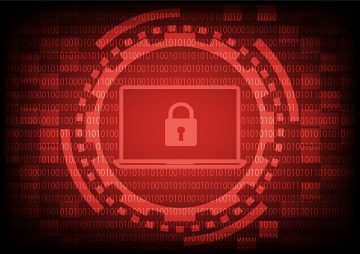Datah Ransomware is a Makop Clone
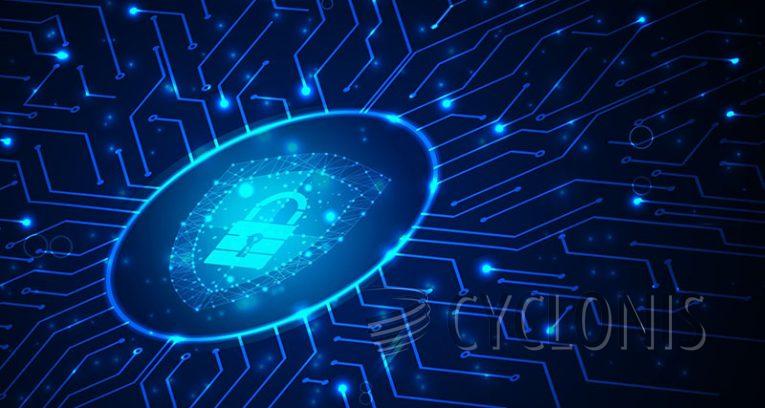
While analyzing new malware samples, we came across a ransomware variant affiliated with the Makop family, known as Datah. This ransomware encrypts files and generates a ransom note named "+README-WARNING+.txt," containing contact details and instructions. Additionally, Datah alters file names.
Datah modifies file names by adding the victim's ID, datahelper@onionmail.org email address, and the ".datah" extension. For instance, it changes "1.jpg" to "1.jpg.[2AF20FA3].[datahelper@onionmail.org].datah," and "2.png" to "2.png.[2AF20FA3].[datahelper@onionmail.org].datah," and so forth.
The ransom note notifies the victim about the encryption of their files but assures that the file structure remains unchanged. It emphasizes that recovery is solely possible by paying the ransom to the threat actors responsible for the encryption. The cybercriminals offer a demonstration of their decryption capability by allowing the victim to decrypt two small files as a test.
Contact details are provided through an email address (datahelper@onionmail.org) and a TOX ID. The note concludes with a strong warning against attempting to modify the encrypted files independently, cautioning that any alterations could result in data loss and the permanent loss of the decryption private key, leaving the victim with irrecoverable data.
Datah Produces Lengthy Ransom Note
The full text of the long ransom note generated by Datah reads as follows:
Greetings
Little FAQ:
1.
Q: Whats Happen?
A: Your files have been encrypted. The file structure was not damaged, we did everything possible so that this could not happen.2.
Q: How to recover files?
A: If you wish to decrypt your files you will need to pay us.3.
Q: What about guarantees?
A: Its just a business. We absolutely do not care about you and your deals, except getting benefits. If we do not do our work and liabilities - nobody will cooperate with us. Its not in our interests.
To check the ability of returning files, you can send to us any 2 files with SIMPLE extensions(jpg,xls,doc, etc… not databases!) and low sizes(max 1 mb), we will decrypt them and send back to you. That is our guarantee.4.
Q: How to contact with you?
A: You can write us to our mailbox: datahelper@onionmail.org
Or you can contact us via TOX: B99CB0C13B44E2A1AEBAEB28E70371D6E3DB35DA801721930B53B0E787433270665DA610BAB0
You can download TOX: hxxps://qtox.github.io/5.
Q: How will the decryption process proceed after payment?
A: After payment we will send to you our scanner-decoder program and detailed instructions for use. With this program you will be able to decrypt all your encrypted files.6.
Q: If I don t want to pay bad people like you?
A: If you will not cooperate with our service - for us, its does not matter. But you will lose your time and data, cause only we have the private key. In practice - time is much more valuable than money.BEWARE
DON'T try to change encrypted files by yourself!
If you will try to use any third party software for restoring your data or antivirus solutions - please make a backup for all encrypted files!
Any changes in encrypted files may entail damage of the private key and, as result, the loss all data.
What Are the Best Ways to Protect Your Data from Ransomware Attacks?
Protecting your data from ransomware attacks is crucial to safeguarding your personal and business information. Here are some of the best practices to help mitigate the risk of ransomware:
Regular Backups: Maintain regular backups of your important data on offline or cloud-based storage. This ensures that even if your files are encrypted by ransomware, you can restore them from backup without having to pay the ransom.
Update Software: Keep your operating system, antivirus software, and all applications up to date with the latest security patches and updates. Vulnerabilities in outdated software can be exploited by ransomware attackers.
Educate Employees: Provide comprehensive cybersecurity awareness training to employees to help them recognize phishing emails, malicious links, and other potential ransomware attack vectors. Encourage a culture of skepticism towards unsolicited emails and attachments.
Use Antivirus and Antimalware Software: Install reputable antivirus and antimalware software on all devices and ensure they are regularly updated. These tools can help detect and prevent ransomware infections.
Implement Network Security Measures: Utilize firewalls, intrusion detection systems, and other network security measures to monitor and protect against unauthorized access and malicious activity on your network.
Restrict User Permissions: Limit user permissions to only those necessary for their job roles. This can help prevent ransomware from spreading laterally across your network in the event that one user's system is compromised.
Enable Email Filtering: Implement email filtering solutions to block phishing emails and malicious attachments before they reach users' inboxes. This can significantly reduce the likelihood of ransomware infections via email.
Disable Remote Desktop Protocol (RDP): If not required for business operations, consider disabling RDP or implementing additional security measures such as multi-factor authentication to prevent unauthorized access via RDP.


